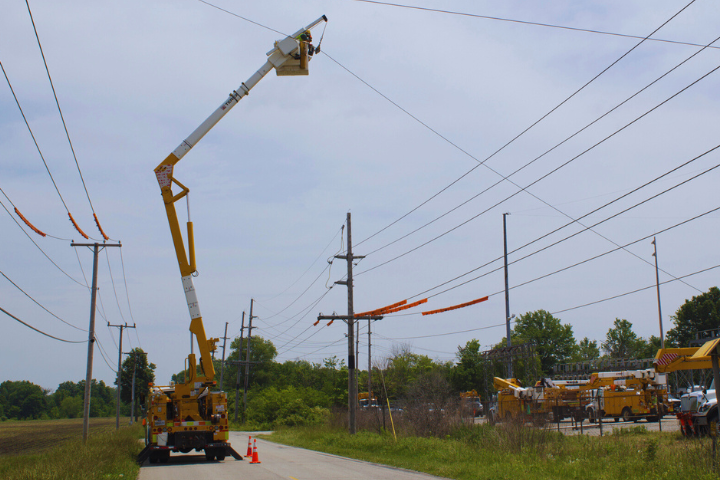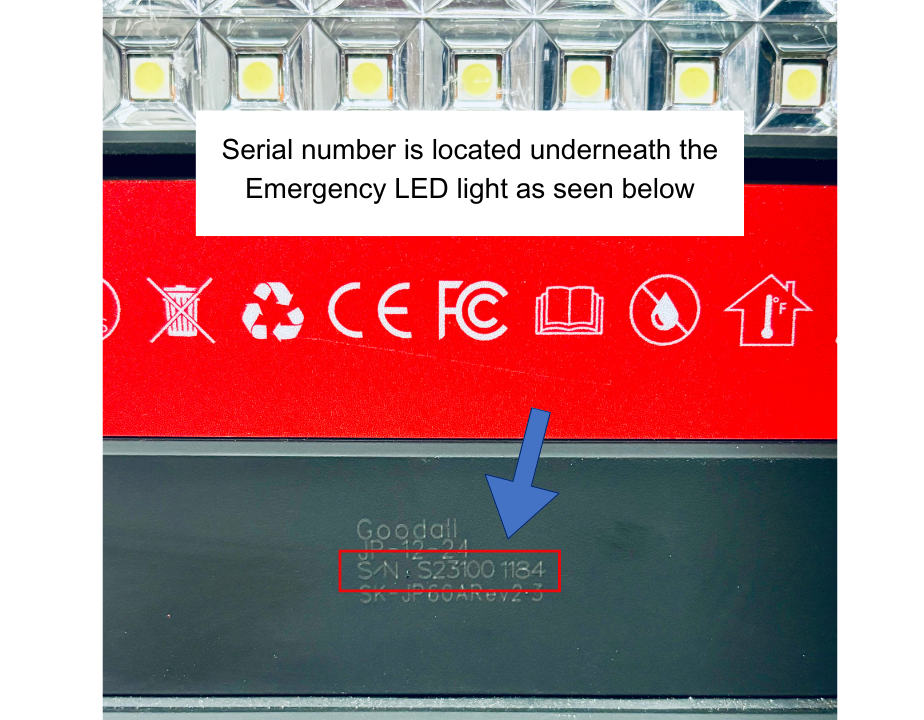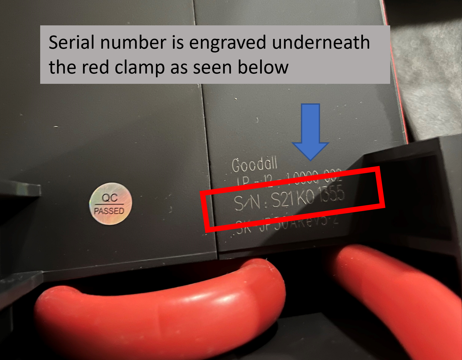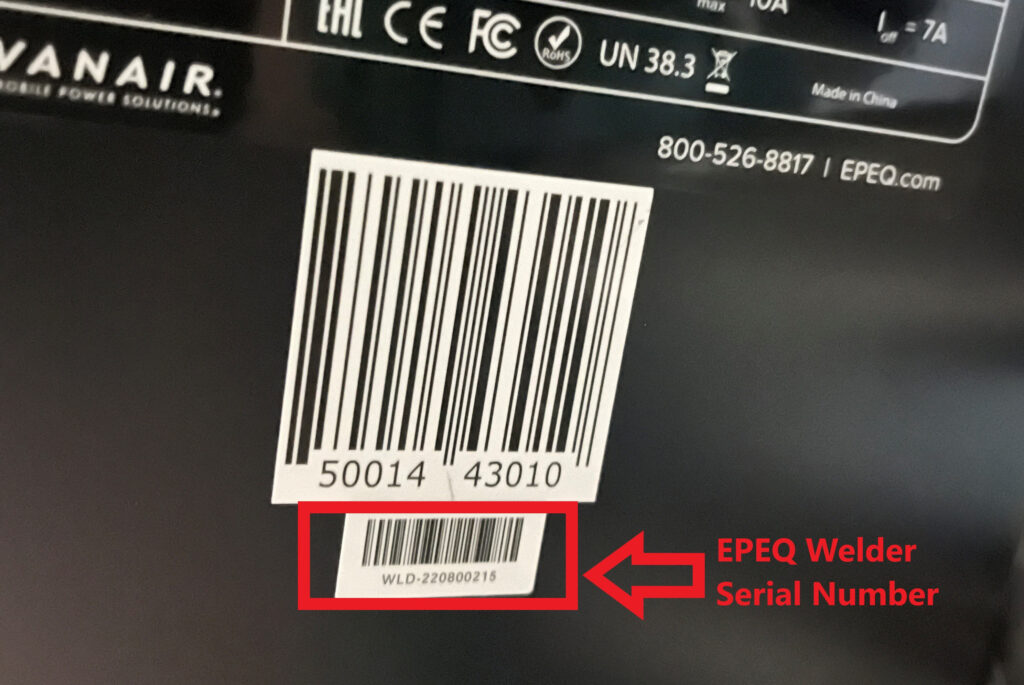For companies with public works and utility fleets, it can seem like a daunting challenge to try to reduce emissions. Yet, there are ways that commercial and governmental entities can lower fuel usage and limit their contribution of greenhouse gases without skimping on safety and effectiveness. See tips for reducing emissions in public works and utilities.
Consider Replacement Vehicles
Look at your utility fleet and see if you can identify any automobiles that are lacking in performance. For instance, older trucks might end up being less efficient, racking up costs for maintenance and repairs. It is also worth considering whether certain repair vehicles or light-duty trucks can be replaced with smaller, more compact vehicles. This can help the company save on fuel costs while also lowering emissions output.
Invest in New Tech
Supervisor vehicles are often standing by to oversee a public works fleet, but all that idling is harmful to the environment—and the budget. Fortunately, there are idle management systems, such as EPEQ® Idle Management (EPEQ® IM) by Vanair®, a Lincoln Electric Company, that can reduce emissions while still providing your drivers access to certain safety features and vehicle functions. With this idle reduction technology, your utility fleet is releasing significantly less CO2 into the air without cutting off communications with the rest of the team, limiting their functional requirements, or impacting important safety measures and lowering efficiency.
Take a Closer Look at Fuel Consumption
What kind of fuel are your light-duty trucks running on? What about your supervisor or foreman vehicles? It’s a good idea to rethink fuel consumption because there are likely some changes you can make to improve the environmental impacts of your fleets. Depending on the workload, you might be able to make the switch to fewer diesel-fueled vehicles. The combination of idle reduction technology and alternative fuels could bring huge savings to your organization.
Don’t Neglect Driver Practices
If need be, you may need to be more stringent with driver policies, especially if they have a habit of excessive idling, sudden starts and stops, and speeding. Even the smallest occurrences such as driving slightly above the speed limit can result in higher fuel costs and emissions. Again, there are technological options that can influence operator behavior and idle time. Moreover, it is important to have these conversations with your fleet drivers so that they know what the company is trying to achieve and how they can play a helpful role in it – buy-in from all levels is extremely crucial. Team effort is best practice to make big changes towards becoming a more environmentally friendly enterprise.
Anticipate Traffic and Schedules
Finally, investigate the management of your fleet, considering common traffic patterns throughout the day and vehicle schedules. It might make more sense to schedule certain projects at different times to ensure that your trucks make the best use of mileage and fuel. The longer they are stuck in traffic, the more emissions are being pumped out. You may be amazed by how much you can reduce your transportation footprint by slightly adjusting the route schedule.




